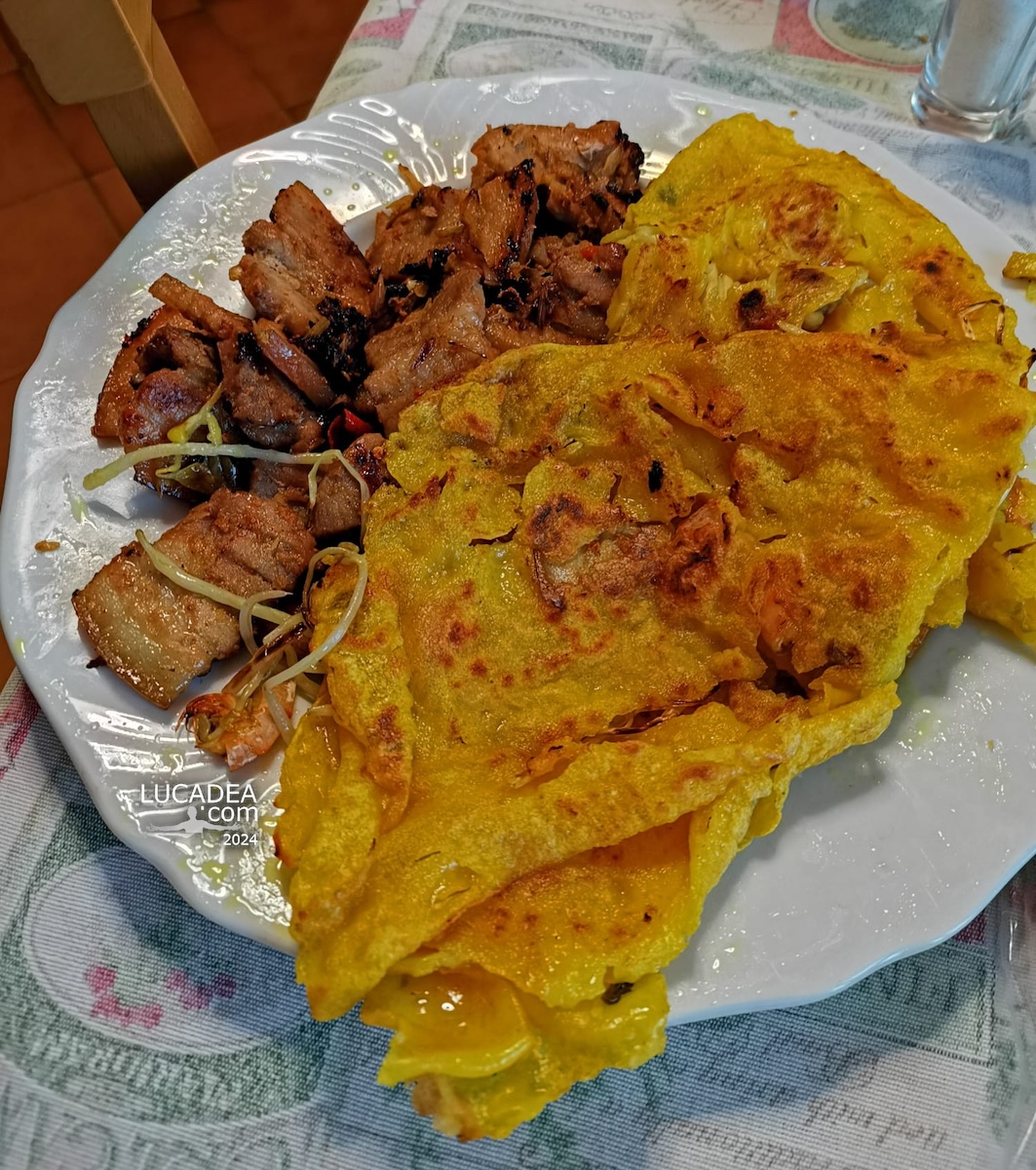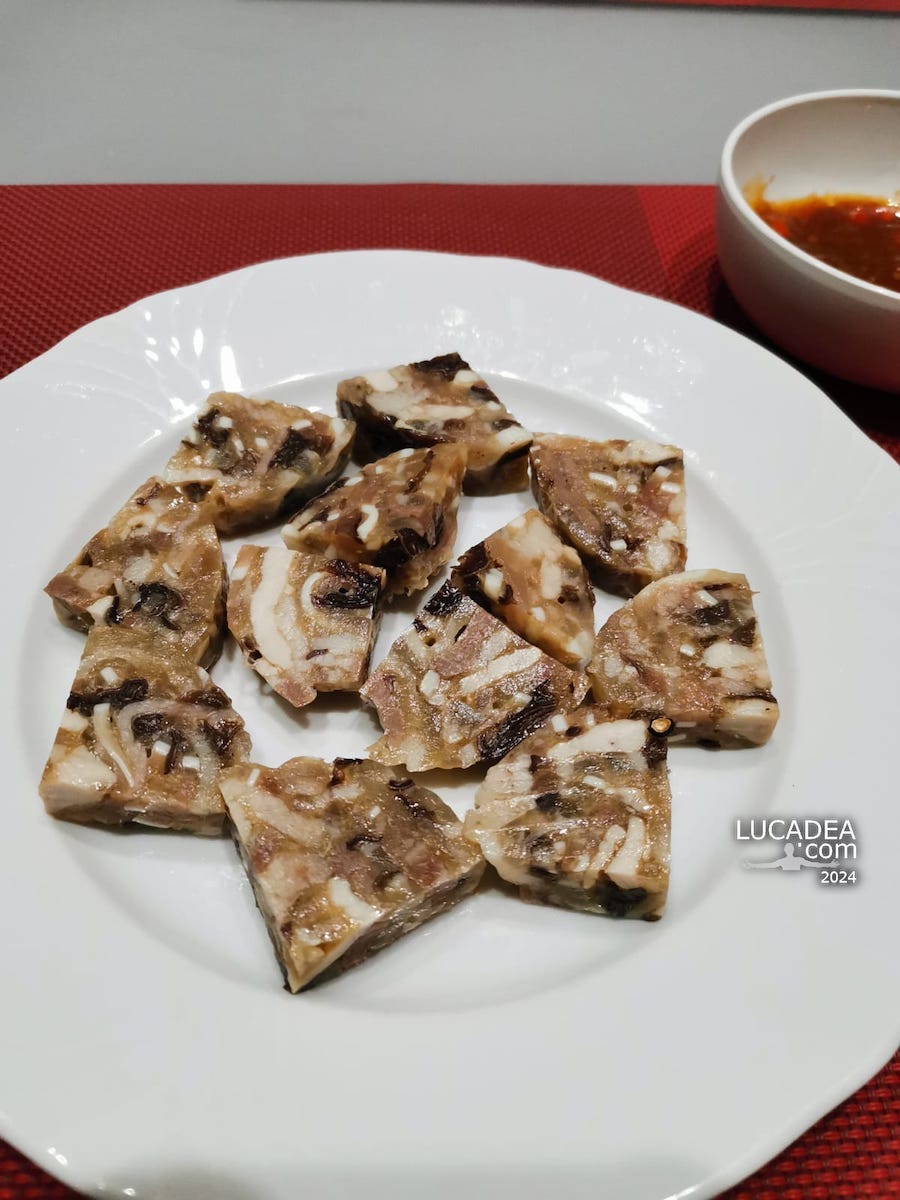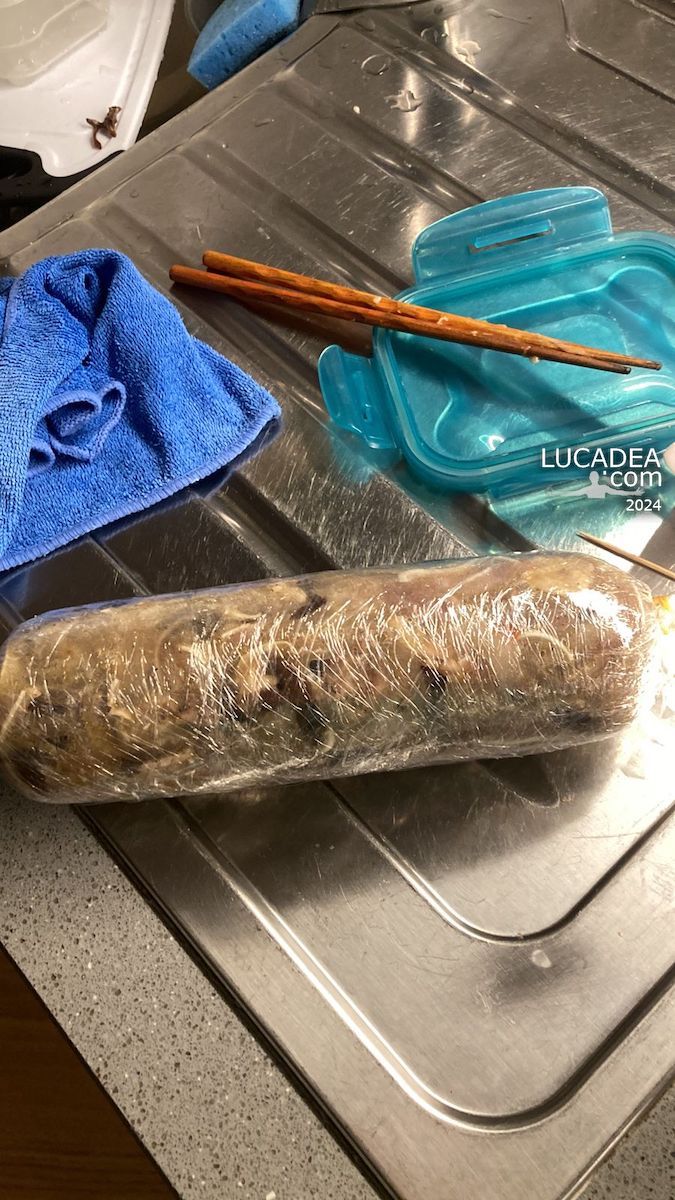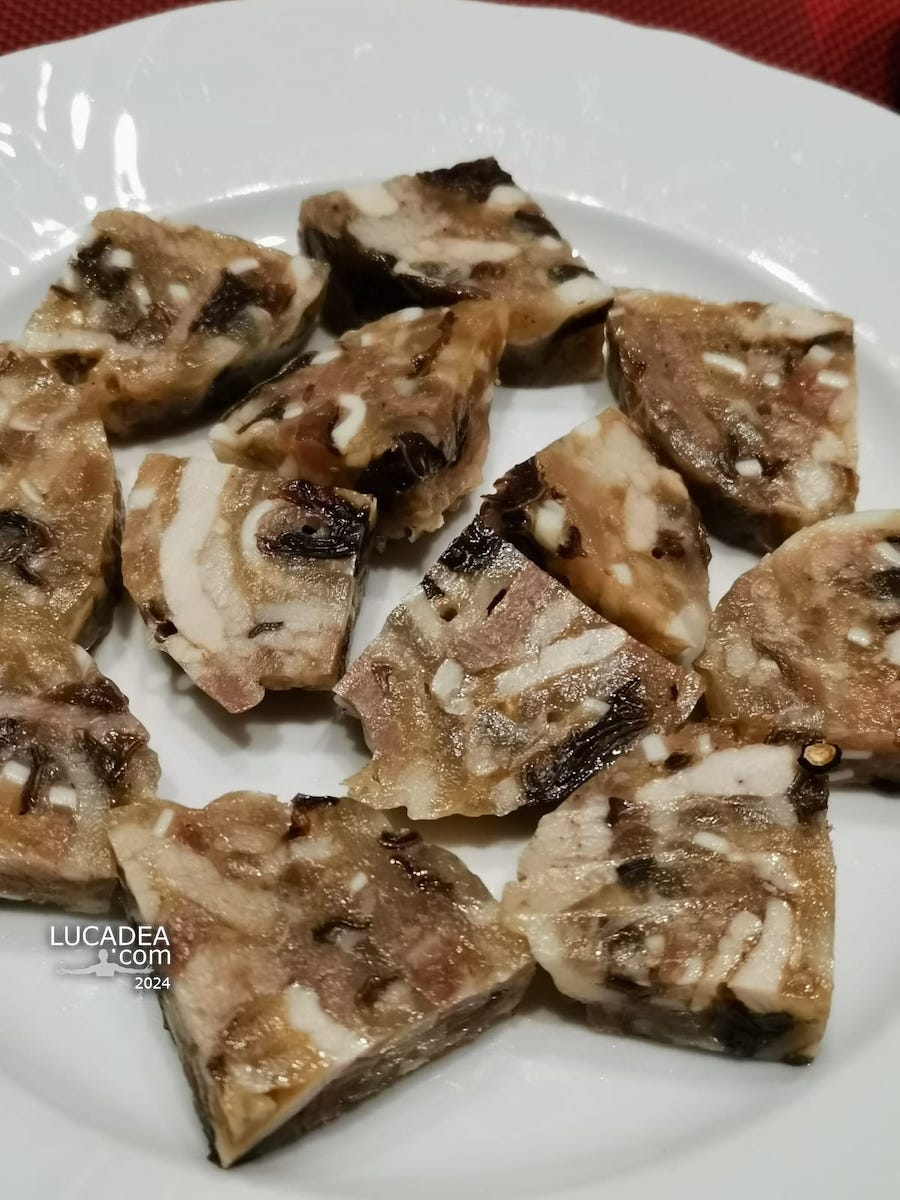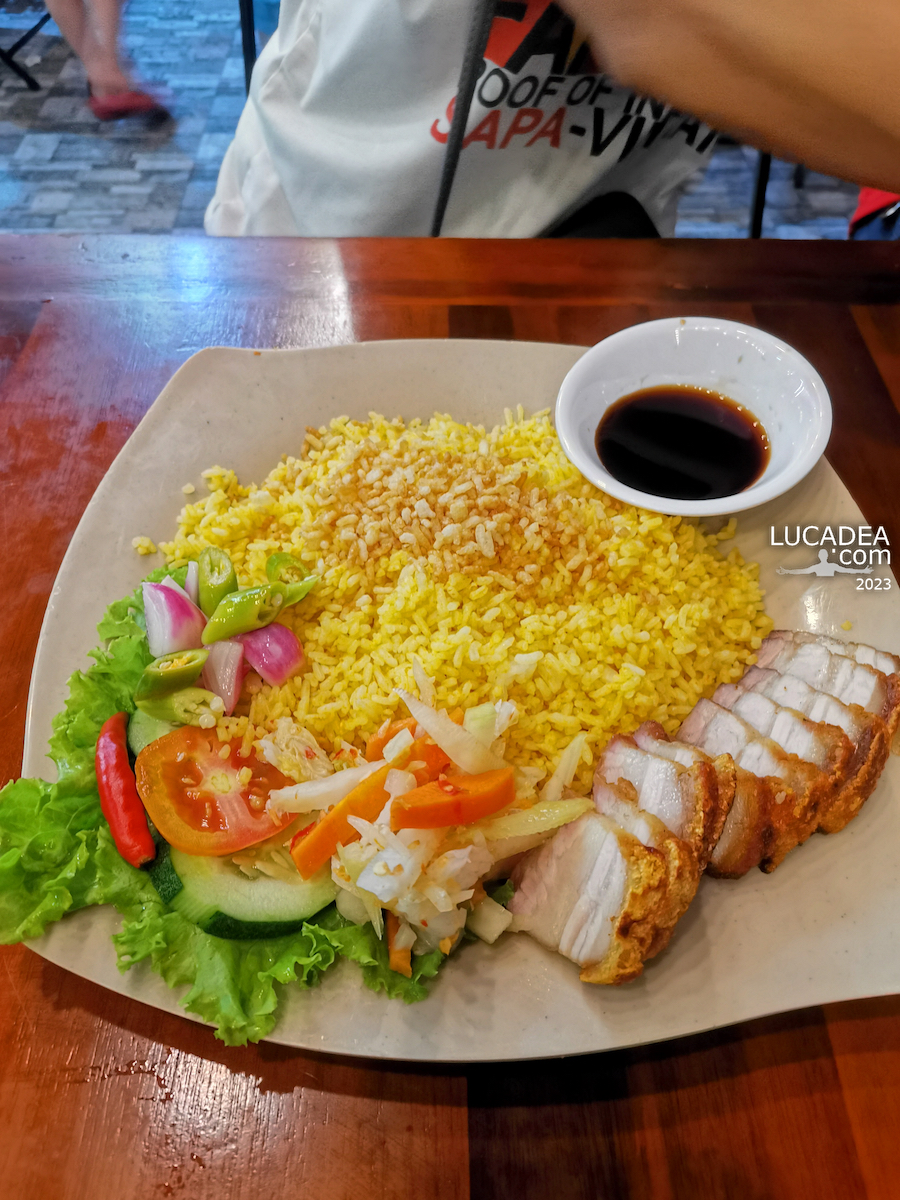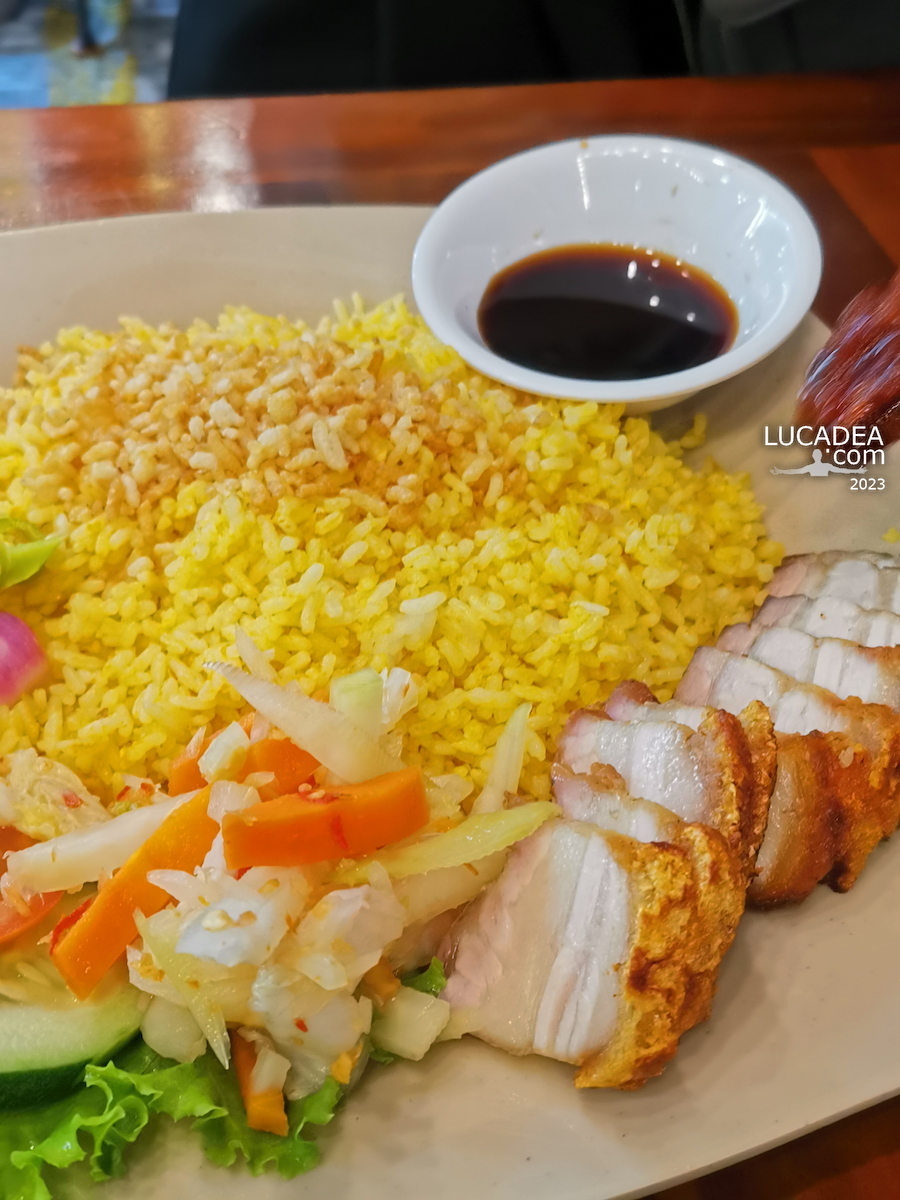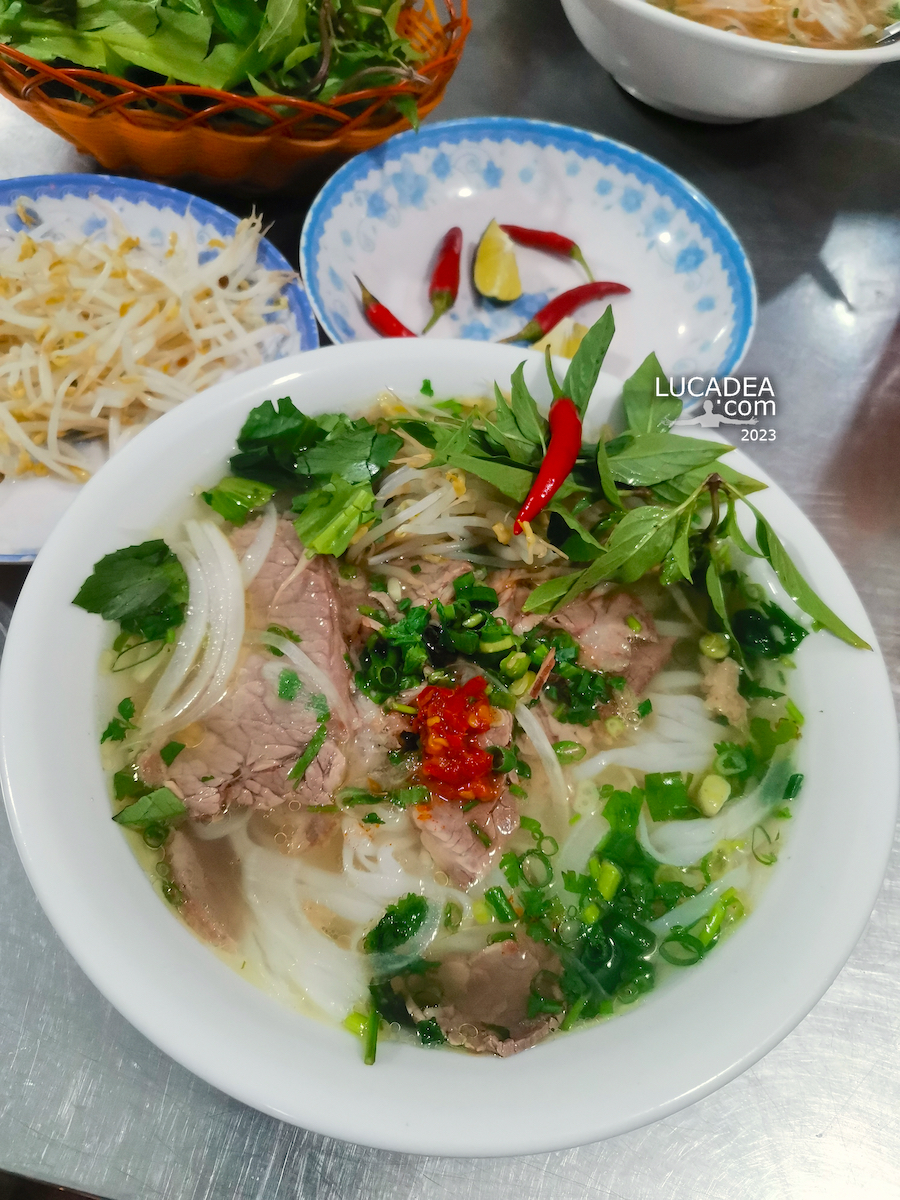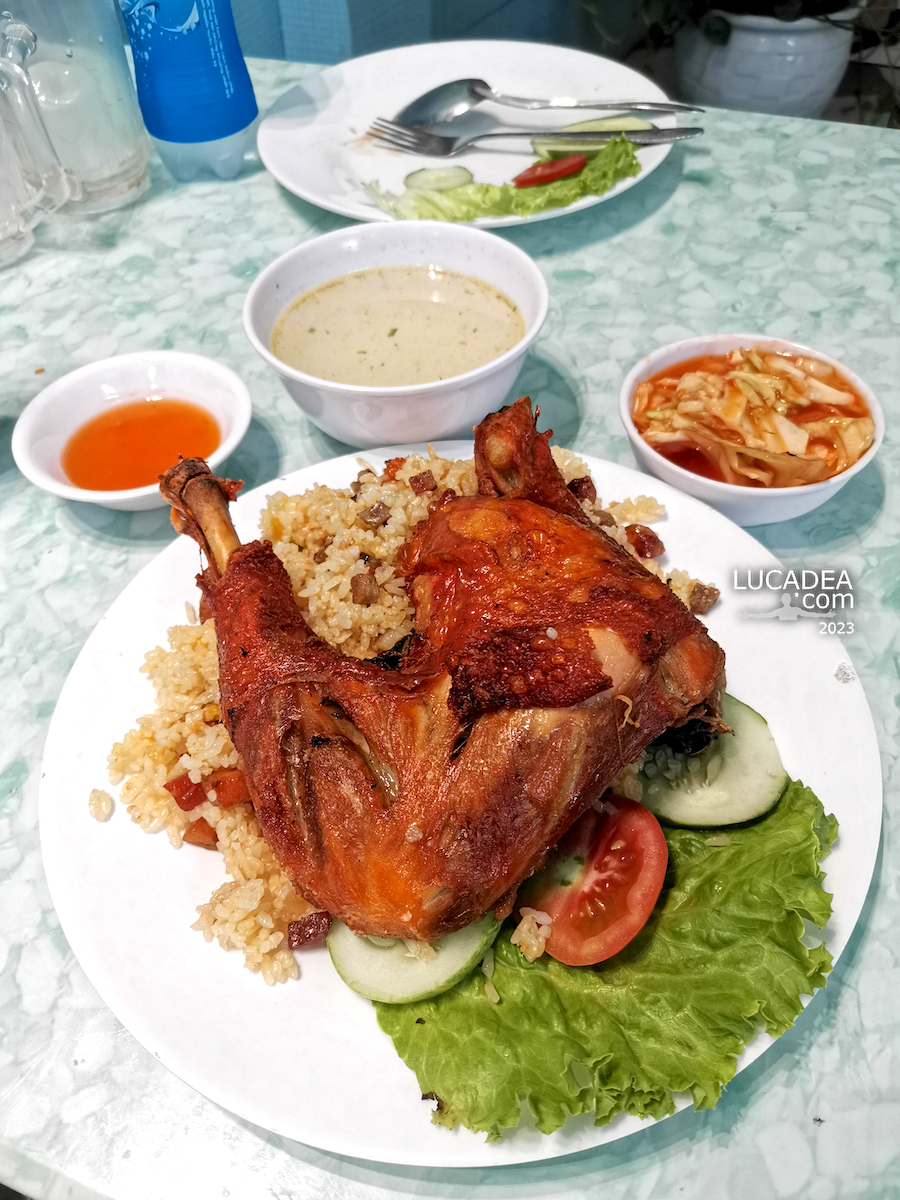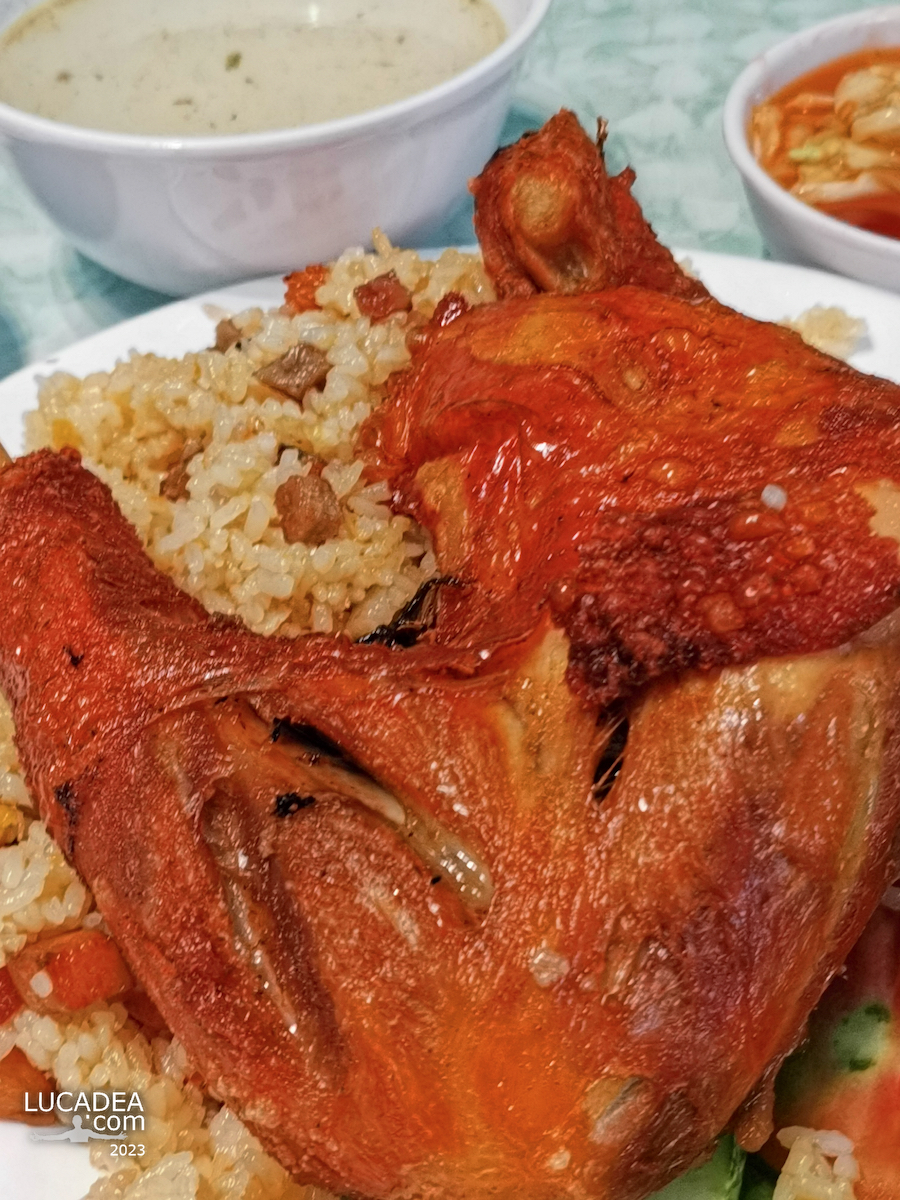Vietnamese Cuisine: Cá giã muối ớt, the recipe.
Fish pounded with salt and chili pepper. A nice fish (a sea bream, steamed) pounded with salt and chili pepper is a familiar dish for ethnic minorities in the central highlands of Vietnam. The fish is rich in flavor from the chili pepper, fragrant with spices and very delicious for rice. People from some small villages often prepare this dish and take it to the fields or prepare it to be eaten on rainy days because it is very delicious and easy to prepare.
In this case I prepared this dish but with a slight variation, using a fresh fish and steaming it; then I mince it together with the spices purchased in Italy.
Let's go to the kitchen!
Click vào đây để đọc bằng tiếng việt!
If you are curious about this recipe of mine or Vietnamese food in general, write me a message. comment or go to the bottom of the site to read what other visitors have written.
Ingredients
• Sea bream: 1 fish (half a kilo);
• Thai basil: eat as much as you want;
• 2 purple onions, 6 cloves of garlic: peel and chop finely;
• Fish sauce;
• 6 chillies (to make it less spicy), 2 cloves of lemongrass: finely chopped;
• Spices: salt, sugar, seasoning powder, monosodium glutamate, pepper, chilli powder.
Preparation
Clean the fish, marinate it with 1 tablespoon of fish sauce, then steam it until cooked, then put it on a plate and remove the bones, leaving only the meat.
Then put everything in a mortar (I use the marble one that my husband says they would use for Genoese pesto at home): onion, garlic, lemongrass, chili pepper, basil leaves and crush until it is almost pureed. Add the fish and spices: 1 tablespoon of powdered seasoning, 1/2 teaspoon of salt, 1/2 teaspoon of salt 2 teaspoons of monosodium glutamate / 2 teaspoon of sugar, 1 teaspoon of pepper, 1 teaspoon of chili powder. Mash the whole mixture until it becomes frothy or crush it a little (your choice), then put it in a pan, to dry it.
The spices listed above are for reference only. During processing, depending on the quantity and type of onions and garlic you add, you can season to your taste.
The drier the fish, the longer it can be stored in the refrigerator.
The fish pounded with salt and chili pepper has a rich flavor, fragrant with basil and spices, mixed with the spicy taste of chili pepper, and is extremely delicious when eaten with hot rice.
Cá (khô/ hấp) giã muối ớt là một món ăn quen thuộc đối với đồng bào dân tộc vùng Tây Nguyên Việt Nam, cá đậm đà quyện vị tê cay từ ớt, thơm mùi các loại rau gia vị, rất ngon cơm. Đồng bào dân tộc thường làm món này mang lên rẫy hoặc dự trữ ăn vào những ngày mưa gió vì rất ngon và tiện lợi.
Nay tôi làm theo món này nhưng có biến tấu một chút, tôi sử dụng cá tươi và hấp, giã cùng các loại gia vị mua được bên Ý và sấy không quá khô.
Nào chúng ta cùng vào bếp nhé!
Nguyên liệu
• Cá tráp (orata): 1 con (nửa ký)
• Rau húng quế (Thai basil): ăn bao nhiêu, cho bấy nhiêu
• 2 củ hành tím, 6 tép tỏi: bóc bỏ vỏ và thái nhỏ
• 6 trái ớt (ăn ít cay cho ít lại), 2 tép sả: thái nhỏ
• Gia vị: muối, đường, hạt nêm, bột ngọt, tiêu, ớt bột.
Cách làm
Cá làm sạch, ướp 1 muỗng canh nước mắm rồi cho lên hấp đến khi cá chín thì cho ra dĩa và róc bỏ xương, chỉ lấy thịt cá.
Sau đó cho toàn bộ: hành, tỏi, sả, ớt, lá húng quế vào cối và giã đến khi gần nhuyễn cho thêm cá và các loại gia vị: 1 muỗng canh hạt nêm, 1/2 muỗng cà phê muối, 1/2 muỗng cà phê bột ngọt, 1/2 muỗng cà phê đường, 1 muỗng cà phê tiêu, 1 muỗng cà phê ớt bột. Giã toàn bộ hỗn hợp đến khi tơi bông hoặc giã một ít (tuỳ bạn), sau đó cho lên chảo, sấy khô và nêm lại gia vị vừa ăn. (Gia vị trên mang tính tham khảo, trong lúc chế biến, tuỳ vào lượng ra và các loại hành tỏi bạn cho vào, bạn nêm lại cho vừa khẩu vị).
Cá được sấy càng khô, càng bảo quản được lâu trong tủ lạnh.
Cá giã muối ớt vị đậm đà thơm mùi rau húng quế và các loại gia vị, hoà quyện vị tê cay từ ớt, ăn cùng với cơm nóng cực kì ngon.













